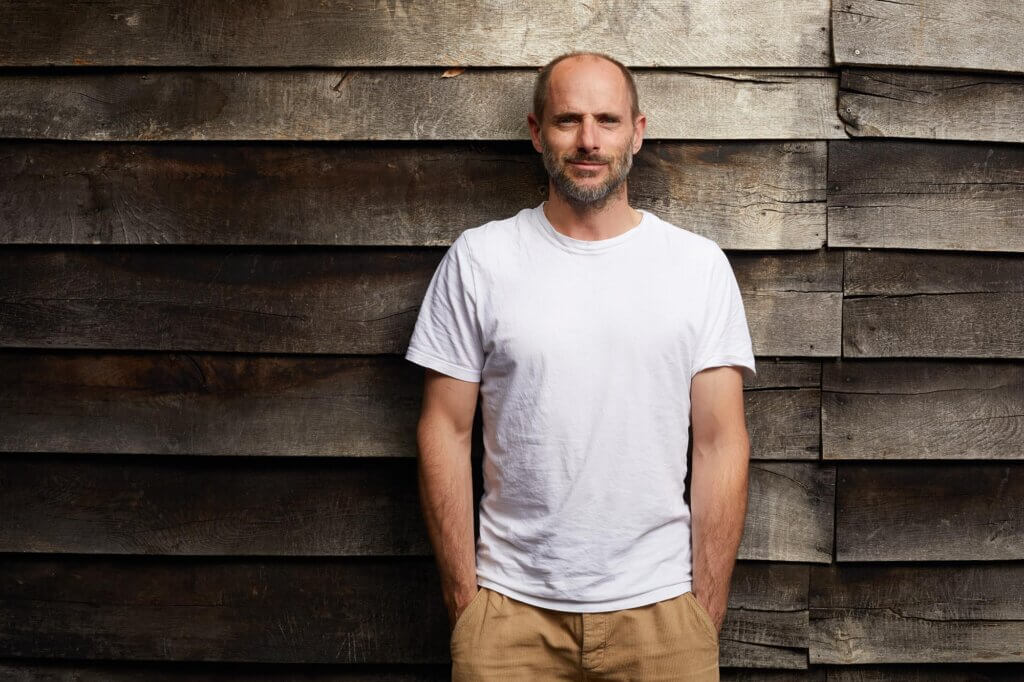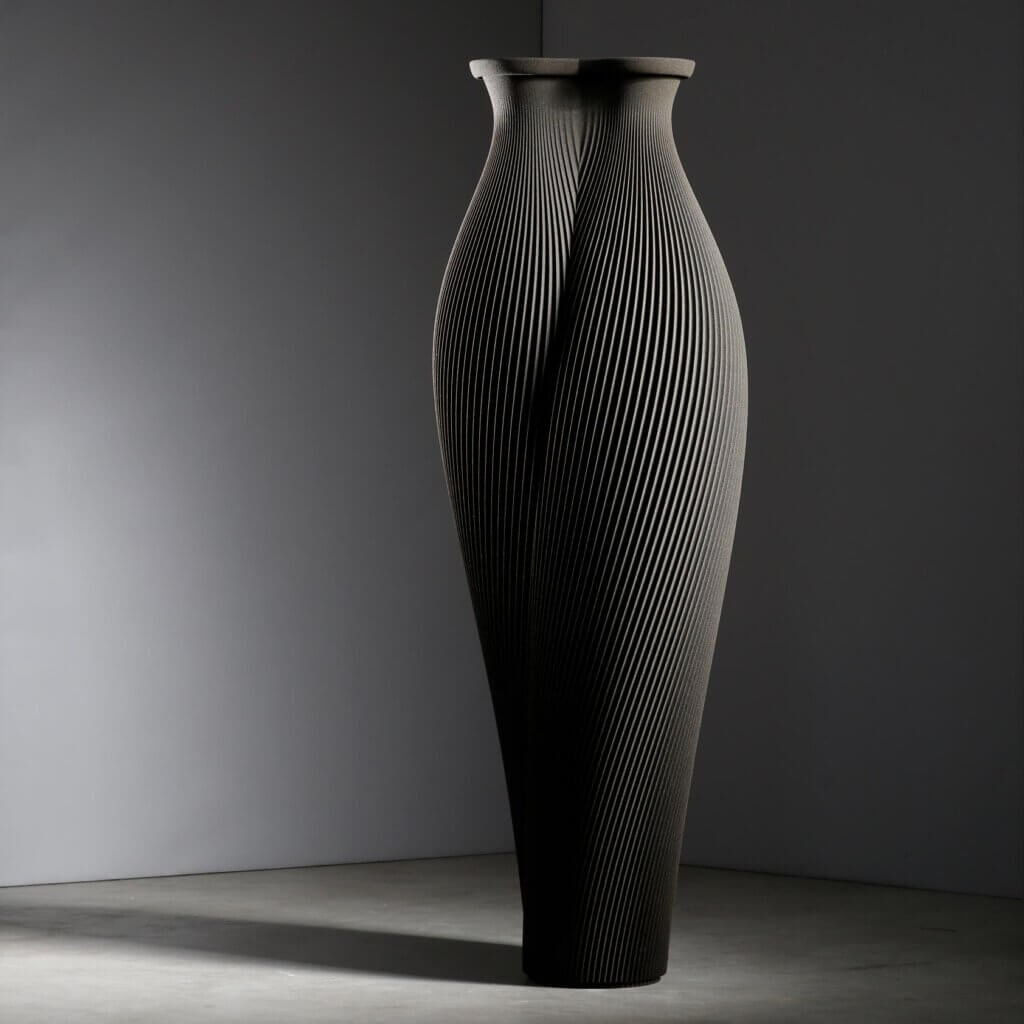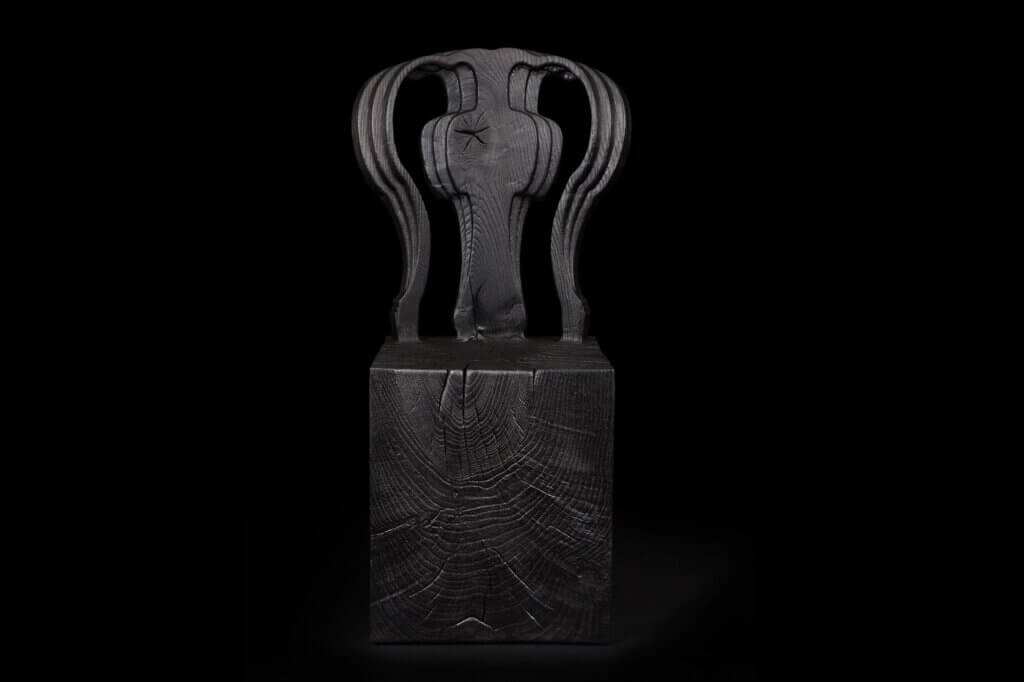
Introduction
For our latest Journal – East Meets West, we interviewed experimental maker and a well-known name in contemporary British craft, Gareth Neal, who has specialised in bespoke wood furniture since the 1990’s.
As an award-winning artisan furniture maker, Gareth strives to combine traditional techniques with digital technology to push the boundaries of what’s possible.
He is passionate about respecting the process, understanding the material and enjoys working collaboratively with others to create bespoke pieces that are celebrated across the world.
Gareth currently runs his own progressive design practice in East London.
How would you define what you do?
Primarily I consider myself a designer-maker, however, I like to think there is a little more behind the practice I believe good craft and design stretch beyond the learned techniques; I try to ensure my work harmoniously unites traditional and digital techniques to create uniquely crafted pieces.
By approaching objects with an understanding of the wider impact they create; where materials are sourced how something is made, and by whom provides a framework, to create original, visually interesting, and thought-provoking ideas, whilst being environmentally sound and beautiful.

CAN YOU TELL US A BIT MORE ABOUT YOUR CREATIVE PROCESS?
Throughout my career I have continually explored digital manufacturing techniques alongside traditional craft processes, trying to push the boundaries of what these tools can enable and what can be created when the two are used in unison.
This balance between craft and modern technology has led to the formulation of some of my most engaging work – highlighting this unique blend. In essence, this repositions traditional craft techniques for a modern audience. The work often leaves the viewer wondering how something has been made, for me, it’s crucial that the material and manufacturing method complement each other in order for the work to have a full impact.
YOUR HACK CHAIR SERIES USES CHARRING, WHAT ATTRACTED YOU TO THIS TRADITIONAL JAPANESE TECHNIQUE?

I chose to use the charring process on the Hack Chairs as it enhances the character of the natural beauty of these pieces of timber I also love it because it creates a silhouette of the piece highlighting the traditional form of the chair, The charring also has practical benefits such as protecting the wood from fungus with a layer of carbon.
WHAT ARE YOU CURRENTLY MAKING?
For the past year, I have been experimenting with recycled plastic and 3d printing polymer with a robot arm, creating complex prints inspired by the movements found in traditional craft techniques such as willow weaving and crochet. We have developed new and unique methods for using these tools to build complex open-weave forms and structures.
Whilst this work is totally different from what I usually do, it has been great to change things up and learn about new processes and ways of working, whilst also paying homage to traditional crafts with a material resource that is currently founded on yet we have piles of.
DO YOU HAVE A FAVOURITE PIECE OF WORK BY SOMEONE ELSE?
The Prism Chair by Fred Baier. This brilliant chair was acquired by the V&A for their collection in 2010 yet designed and made 20 years previously, using very early computer software and CNC techniques.
WHAT ARE YOU MOST LOOKING FORWARD TO MAKING?
In the workshop, we are currently exploring a new range of Sand Vessels. The process is not only exciting but gives me a real sense of freedom as anything is possible.
What’s so wonderful about the process of printing directly from the computer is the ability to see what you think it’s going to look like prior to committing precious material and resources to its existence. The fluid, yet solid substrate allows for endless configurations, giving me the opportunity to materialize designs I once could only dream about.
I believe the machine to be an extension of the human hand, and that the eradication of the chisel does not deduct from the craftsmanship deeply rooted within every stage of the production of these vessels. We are very excited to make some new versions of these vessels.
To explore more of Gareth’s work visit garethneal.co.uk | @garethnealfurniture